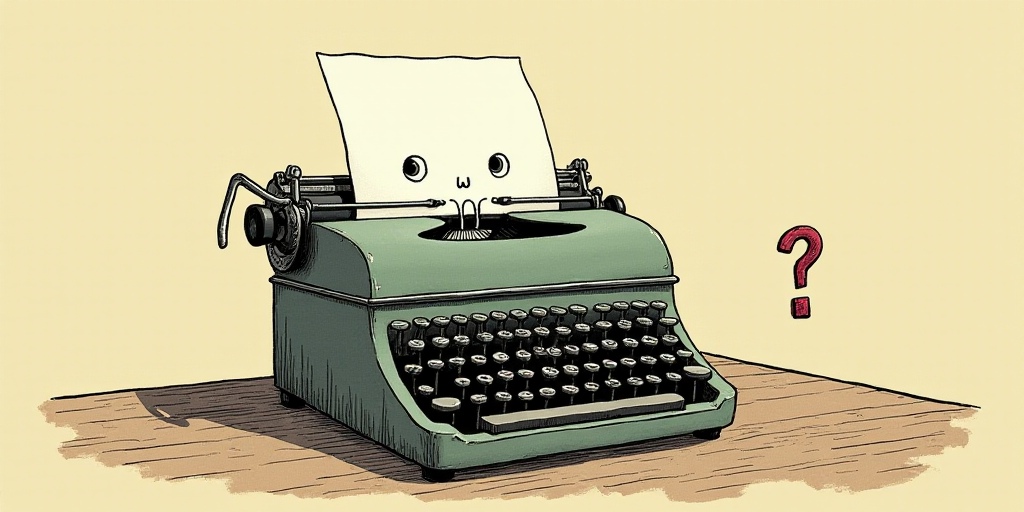Introduction
The global power landscape can be succinctly described as follows: Russia-style autocracies, a rising Chinese empire, a retreating and disgruntled United States, and Europe seeking strategic autonomy. Putin is making every effort to carve out a place for himself and poses a threat, while China stands as the most formidable rival to the United States since its founding as a republic in the 18th century. Together, the US and China account for more than 40% of global GDP growth since 2010.
Key Aspects of Global Power Dynamics
1. Financial Dominance
The four largest banks globally, based on total assets, are Chinese.
2. China as the World’s Largest Creditor
Backed by its financial institutions, China has surpassed both the IMF and the World Bank to become the world’s largest creditor.
3. Trade Surplus and Global Commerce
China recorded a trade surplus of nearly $1 trillion in 2024. The US has not had a trade surplus since 1975. Moreover, China is the largest trading nation and holds half of the world’s patents.
4. State-Led Capitalism in China
China’s economy is regulated by a form of state capitalism, with 90% of businesses being private, mostly small-scale. Only 1.5% are state-owned enterprises. In contrast, 20% of the US GDP, or $4 trillion, is attributed to the value of the 10 most significant companies, primarily tech-based.
5. Foreign Investment in China
Prominent international companies such as Airbus, Samsung, Toyota, and BASF have invested in China.
6. Manufacturing Dominance
China produces one-third of the world’s manufactured goods, surpassing the combined output of the US, Japan, Germany, South Korea, and the UK.
7. China’s Global Trade Partnerships
China is the EU’s primary trading partner and India’s most significant trade relationship. It is also the leading investor in Africa’s free trade zone. In Latin America, China has strengthened its presence in Peru, Ecuador, Chile, Uruguay, and Colombia.
8. Higher Education in China
Chinese universities produce more graduates in science, technology, engineering, and mathematics than the combined totals from the US, Japan, Germany, France, and Canada.
9. China’s Military Strength
The People’s Liberation Army has 2 million soldiers and an expanding nuclear arsenal.
10. US Military Presence and Interventions
The US has been perpetually at war since 1945, losing most conflicts. It maintains 800 military bases in 75 countries and spends thrice more on its military than China, surpassing 20 other nations. The US has invaded territories nearly 300 times since its founding as a republic.
11. Contrasting Approaches to Power
In the US, there is arrogance in power, loss of meaning in words, and disregard for human rights. In China, there is discretion and deliberate ambiguity.
12. The Era of Hard Power under Trump
With the advent of Trump’s presidency, “soft power” has vanished, and “hard power” has emerged. Henry Kissinger’s reflection gains relevance: “Being an enemy of the US is dangerous, but being its friend is fatal.”
Key Questions and Answers
- Q: Who are the major global powers and what are their characteristics?
A: The major global powers include Russia-style autocracies, a rising Chinese empire, a retreating and disgruntled United States, and Europe seeking strategic autonomy.
- Q: How does China’s financial sector compare to others?
A: China has four of the world’s largest banks by total assets, surpassing both the IMF and World Bank as the world’s largest creditor.
- Q: What is China’s trade position and global commerce influence?
A: China recorded a $1 trillion trade surplus in 2024, is the largest trading nation, and holds half of the world’s patents.
- Q: How does China’s economic model differ from the US?
A: China practices state-led capitalism, with 90% of businesses being private and only 1.5% state-owned, while the US has a significant portion of its GDP controlled by large tech companies.
- Q: What is the significance of foreign investment in China?
A: Prominent international companies like Airbus, Samsung, Toyota, and BASF have invested in China, indicating its growing global economic influence.
- Q: How does China’s manufacturing sector compare to other nations?
A: China produces one-third of the world’s manufactured goods, surpassing the combined output of the US, Japan, Germany, South Korea, and the UK.
- Q: What are China’s key global trade relationships?
A: China is the primary trading partner of the EU and India, a leading investor in Africa’s free trade zone, and has strengthened its presence in Latin America.
- Q: How does China fare in higher education compared to other nations?
A: Chinese universities produce more graduates in science, technology, engineering, and mathematics than the US, Japan, Germany, France, and Canada combined.
- Q: What is the strength of China’s military compared to the US?
A: The People’s Liberation Army has 2 million soldiers and an expanding nuclear arsenal, though the US spends thrice as much on its military.
- Q: How has the US approached global power since 1945?
A: The US has been perpetually at war since 1945, maintaining 800 military bases in 75 countries and invading territories nearly 300 times.
- Q: How do the US and China contrast in their approaches to power?
A: In the US, there is arrogance in power and disregard for human rights, while China employs discretion and deliberate ambiguity.
- Q: What changes have occurred under Trump’s presidency regarding global power dynamics?
A: With Trump’s rise to power, “soft power” has diminished, and “hard power” has emerged, echoing Henry Kissinger’s warning about the dangers of being an ally to the US.






